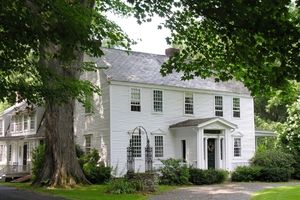Older homes have unique personalities and appeals, but sometimes, they come with hidden risks and history. These situations only happen because of a lack of information at that time. If you want to buy your first home, an older house is a great investment. Before you make a final decision, these five hidden risks to look for when buying an older homewill come in very handy.
Electrical and Plumbing
Learn the home’s exact age to have precise information on how old the wiring for the electrical and pipes for plumbing are. These are both very important to prevent fires and floods because they could significantly damage the house.
If the house still has its original plumbing, you can get the seller to lower the price. If these are new, make sure they are up to code to run safely and efficiently. Make sure everything is in place so you can enjoy it peacefully.
Foundation
With time, the foundation, which is one of the most important elements of a house, could become cracked and uneven. When visiting the house, check all the windows; if they have problems sliding or get stuck easily, that might be a sign of foundation problems. Check also for visible cracks in floor tiles and walls, as well as uneven floors.
Asbestos
This material is very popular in older homes and very dangerous. The most common places where you can find it are fireplaces, popcorn ceilings, and walls. Its main purpose was insulation, which was efficient but posed health risks. The seller is in charge of conducting inspections periodically on the house, but a home inspection can’t always identify asbestos. Making sure that you and your family are safe is of utmost importance, so have a professional service check for asbestos if necessary.
Deteriorating Roof
The condition of the roof is the most common problem and ahidden risk to look for when buying an older home.This is because the roof is what defends the house from any type of exterior threat, and it is also in direct contact with sunlight all the time. Depending on where you live and the type of weather, a roof can last longer or deteriorate quickly. Ask for maintenance records for more information about the roof.
Toxic Gases
You’ll commonly find gases like radon and carbon monoxide in older homes. Radon can cause cancer if you are around it constantly for long periods, especially when you don’t know it’s there. Carbon monoxide could come from gas leaks from the stove, dryer, or HVAC system.
Top Ways to Increase Energy Efficiency in Older Homes
Give Your Home a Roof-Lift: 5 Tips for Replacing the Roof on Your Older Property


